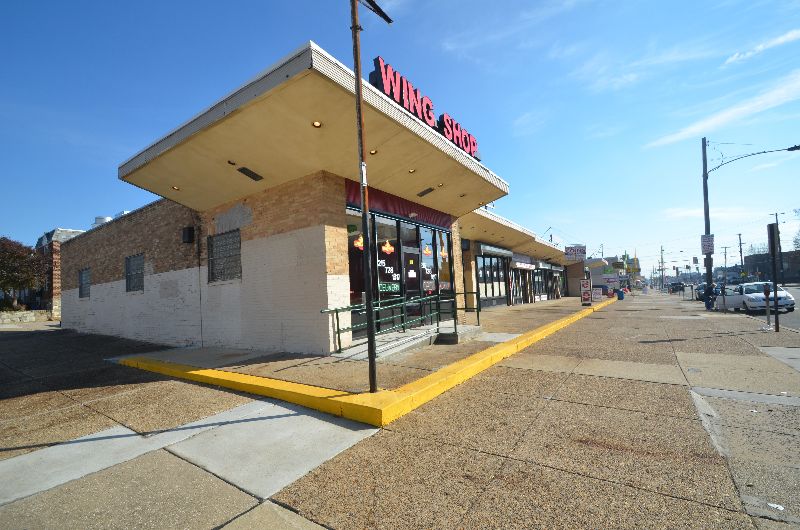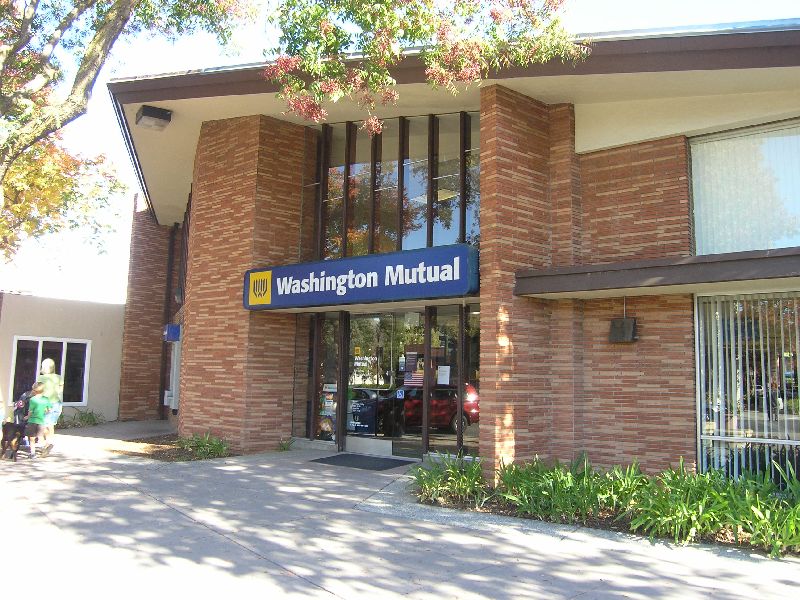
Attention Turns to Mid-Century Storefronts
 |
|
|
The car washes, strip malls, glass-walled offices angular shaped banks that began lining the Bay Area’s commercial roadways in the post-war years are easy to ignore today. But we do so at our own peril.
Fans of mid-century modern architecture focus attention on their homes, on Googie restaurants, on Doggie Diner heads. But how many extend their affection to small office buildings, stores and banks?
Some do, but not enough, which is why these buildings are so often demolished or renovated out of existence. In the Bay Area, Camino Real on the Peninsula and San Pablo Avenue and Mission Boulevard in the East Bay are among the corridors dotted with these structures but that have lost many to development in recent years.
Nationwide, though, efforts are underway to preserve these often simple modern designs. And for some reason, most of those efforts, for now at least, seem to be taking place less in California than on the East Coast and the Mid West.
One case in point is a lively report from the Philadelphia City Planning Commission. ‘Mid-Century Modern Commercial Corridors,’ prepared by city planner C. Beige Berryman, focuses on the city’s northeast, far from the Liberty Bell or the intact Federal period homes near downtown.
 |
|
|
It’s a scruffy corridor and the mid-century marvels that line its streets show wear. But the well-illustrated report hones in on the visual and structural elements that define these buildings’ style.
These include canopies and projecting roofs, glass blocks, and “simulated stone.” We see the immense, striking standalone signs typical of the era and, attached to buildings, “signs with individually mounted letters.”
The report suggests enhancing the “architectural integrity” of these strips to “reflect the unique concentration, identity and place-making value of Mid-century Modern architecture.” One suggested strategy would be to create a “Mid-century Modern thematic district.”
A similar report has also come out of the Illinois Historic Preservation Agency. It’s subtitle is intriguing.
“What to do when your storefront is younger than you are?”
- ‹ previous
- 64 of 677
- next ›



